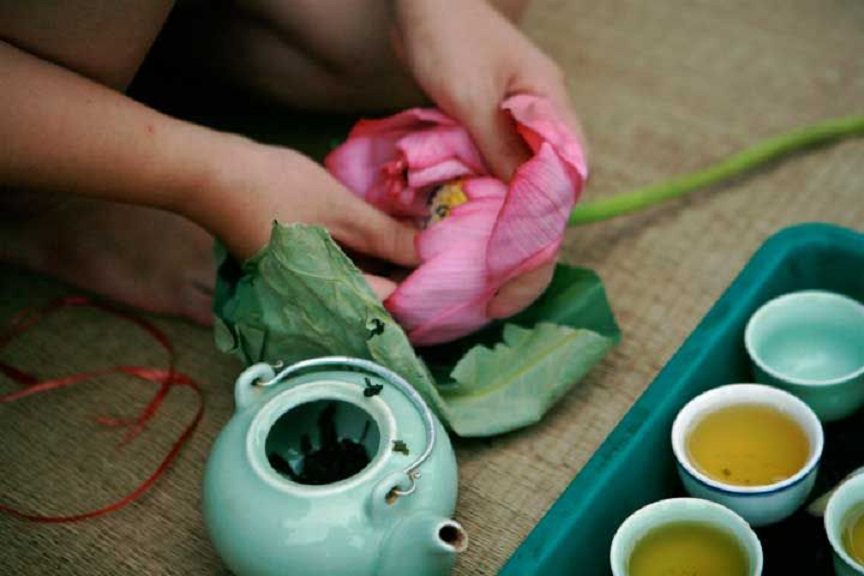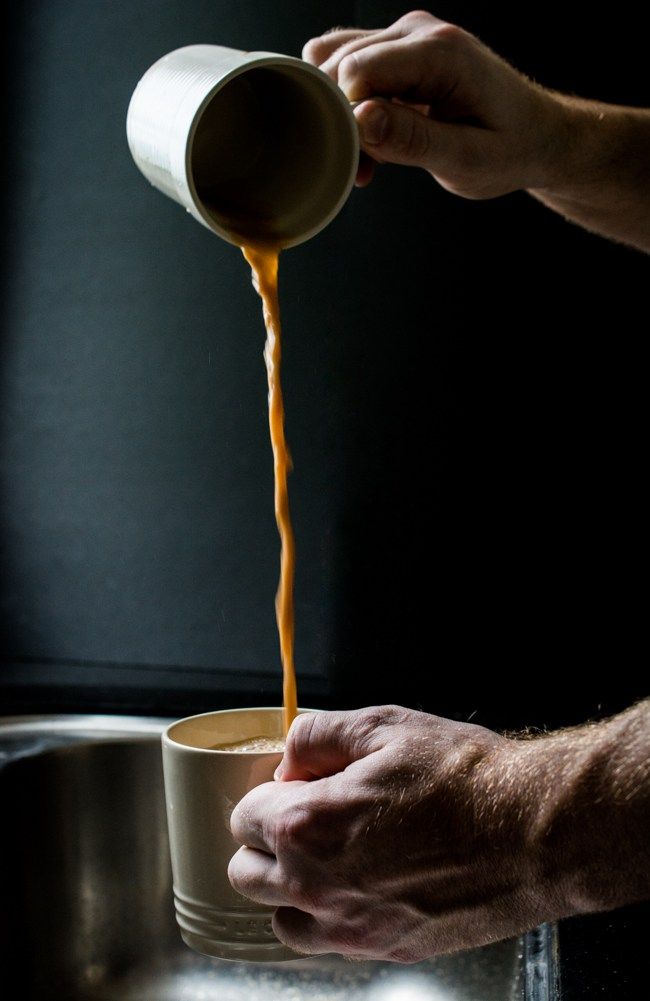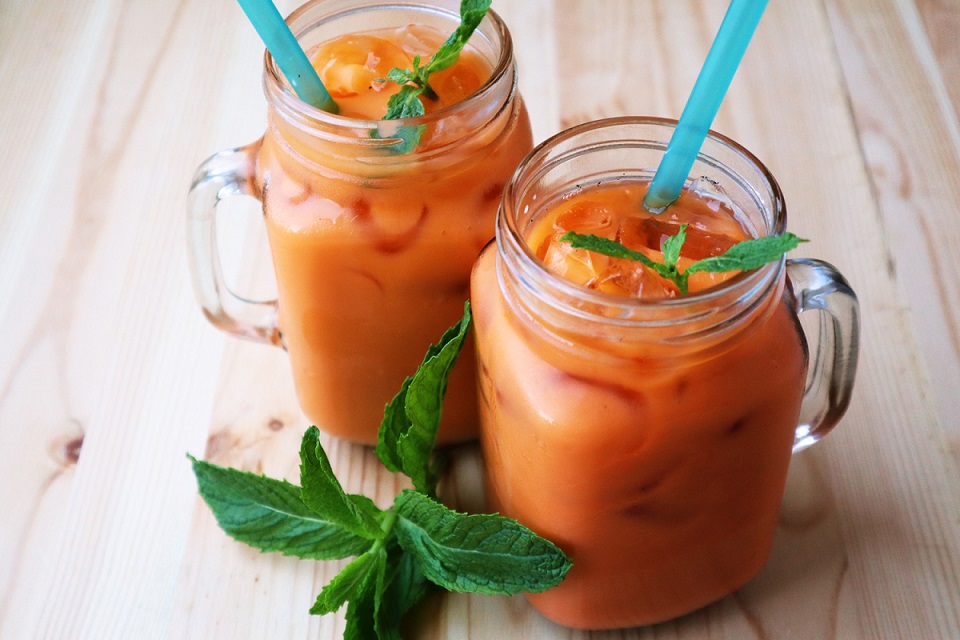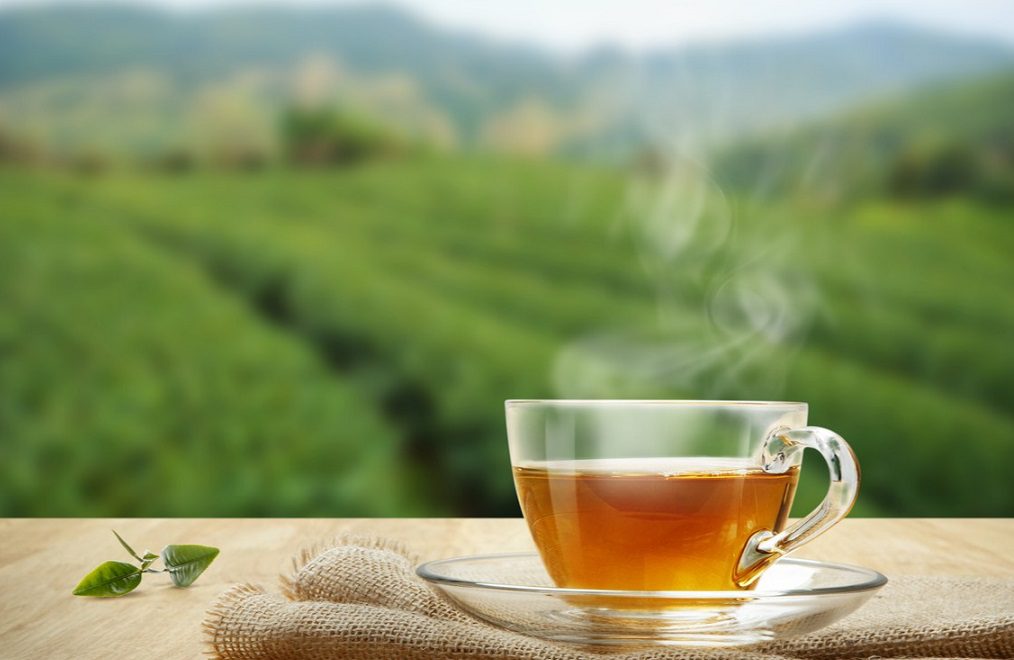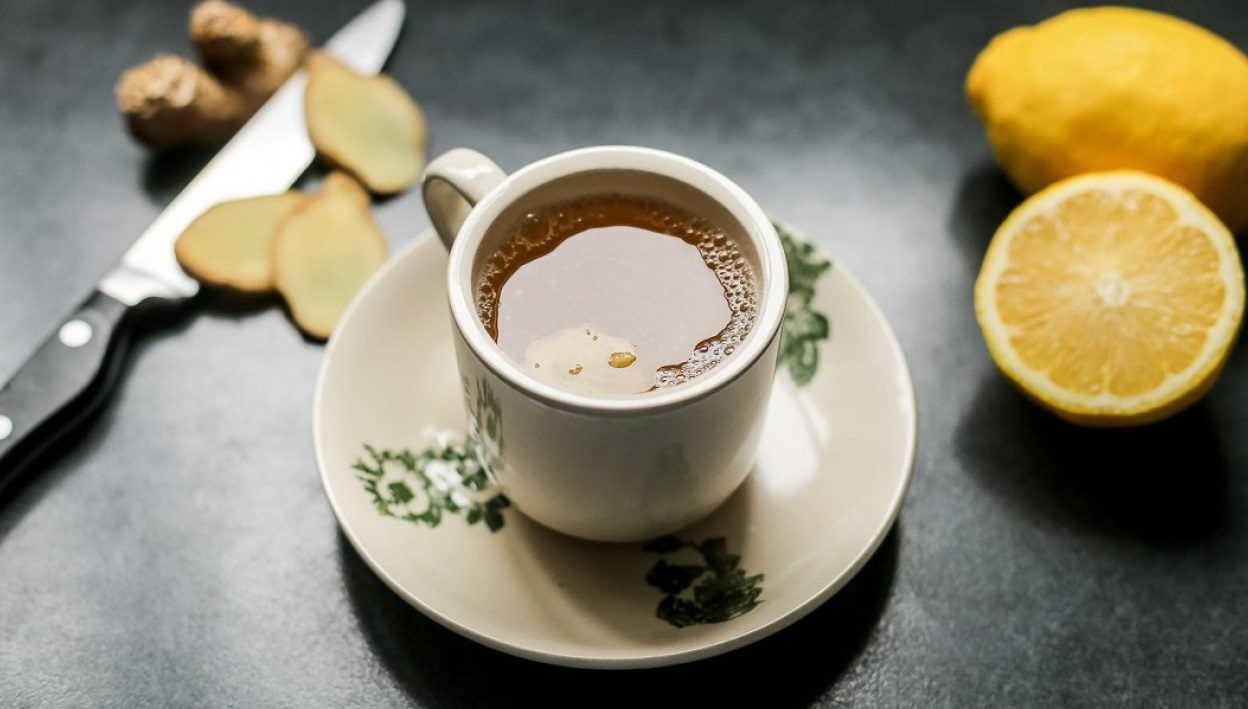Tea Drinking- A long journey
If ‘Tea drinking’ is an art, then ‘Tea brewing’ is a science-non-pareil. That’s why books accompanied by a ‘cuppa tea’ is music to my ears. Perhaps that’s what prompted C. S. Lewis to say “You can never get a cup of tea large enough and a book long enough to suit me”. The amazing Tea drinking rituals and tea cultures across the world is a fantastic ‘tea-story’ by itself. Different countries brew tea in different ways and that’s why tea drinking is always a ‘hot favorite for discussion’.
So let’s continue our tea journey- moving this time from South Asia to Southeast Asia. And, if you’re ready, let’s begin drinking that “cup which cheers but not inebriates”.
Vietnam and its “Hoa, Kinh, Thanh and Tich”
“Hoa, Kinh, Thanh and Tich”- If you ever hear these words uttered while drinking a cup of tea in Vietnam, rest assured that people mean well. Hoa symbolizes peace, Kinh-respect, Thanh-tranquility, and Tich-leisure. The tea-drinking ritual in this country dates back as early as the 11th century when scholars spoke of tea and Buddhist philosophy in the same breath.
Today though, tea has a more ‘earthy value’ and binds people from all walks of life. Homes and tea stalls on the sidewalks brew this concoction, tempting neighbors, friends, and families to huddle together and chat. Tea drinking apparently invigorates the spirit and soul while paving the way to success. Striking deals over a cup of tea is not uncommon!!!
Serving tea correctly is an art that takes time to master. That’s what Hoang Anh Suong, the tea researcher, opines. The ritual is elaborate and yet hypnotic. However, the locals don’t always go in for such elaborate tea-drinking rituals- they drink it ordinarily and simply.
The Aesthetic Touch to Tea Drinking
If you’ve been to Vietnam, you’ll see that tea drinking and aesthetics go hand in hand. Of course, there are no matching draperies or cushions but tea colors match the drinking cups.
Serving tea in green cups and sometimes in white cups is very common. The logic behind this is simple. Teapots, cups need to match the color of the tea- green for green tea and white for lotus-scented tea! Very interesting indeed!!
Choosing appropriate cups for different colored teas is just the first step. Cups change when the season changes. In winter, tea-cups have rims and bottoms of equal diameter and in summer, the cups have unequal diameters.
The logic behind this is simple. ‘Winter Cups’ help to retain heat while the ‘Summer Cups’ allow for faster cooling!!
Tea-drinking-the art in Vietnam
The actual tea drinking ritual begins with cleaning and warming the pots and cups by immersing them in boiling water. Placing the tea leaves in the pot, the brewer pours boiling water over them and covers the teapot. The insides of the teapot are nice and hot. Bathing the pot in boiling water ensures that the exterior is also hot like its interior. This is the perfect condition for brewing. Once brewed the tea-server begins his duties. He pours the tea slowly and beautifully, from way up in a rhythmic way. Known as the ‘high mountain-long river’, this ritual attracts many viewers.
The aroma and scent of the tea pervade the surroundings. The server then holds the cup of tea with just three fingers and offers it to the guests. This ‘three-finger’ grip is likened to ‘three dragons flanking a pearl’.
Vietnam’s different teas
You can taste tea of different kinds- fruit tea, milk flavored tea, jasmine tea, and the famous lotus tea. Artichoke tea made from the artichoke plant, the bitter tea (kuding tea), and bud tea (from the buds of the tea flower), are also hot favorites.
Making Lotus tea is an art by itself. In the middle of the night, the nectar of the Lotus is at its peak. At this time, many workers venture out to the lake. Opening up the petals of the lotus, they fill the space with green tea leaves. and tie the petals. The tea leaves remain within the petals throughout the night and absorb the scent of the lotus. The workers go back to the lake in the morning and gently remove the green tea leaves filled with the fragrance of the lotus. Then make tea the ordinary way. Those who have tasted lotus tea, affirm that no tea is close to it- taste and fragrance-wise.
Teh-Tarik of Malaysia
Teh-Tarik is a concoction of black tea, sugar, and condensed milk. Three cultures fuse together- Malay, Chinese and Indian. Tea leaves (are either Malay or Chinese) and the style of brewing is Indian. The brewed tea is bitter and black and has an acrid taste.
A unique feature is the use of condensed milk. The brewed tea is so bitter and black that it has an acrid taste, which ordinary cream or milk cannot overcome. It requires the creaminess of condensed milk and the sweetness of sugar to counter the acrid taste. The resulting brew is a frothy, creamy-textured tea.
So, from where does the frothiness appear? Well, the tea brewers pour tea from one cup to another from a height, creating the impression of ‘pulled tea’. That’s where Teh-Tarik (pulled tea) gets its nomenclature from. As the brewers became more skilled in this art, the showmanship also increased. Today, people from all over the world come to watch this sight of ‘pouring tea from a height’.
Malaysia’s different Tehs
For those that don’t like the thick, sweet Teh-Tarik, there is always Teh-su-dai (tea with less sugar and ordinary milk), and Teh Madras (tea made with evaporated milk). And, if you don’t like dairy, then opt for Teh-O (black tea) or Teh Halia (adrak ki chai). Feeling hot? Cool yourself with Teh-C peng (iced tea). Teh-Tarik sans the sweetness gives you a thick, black tea called Teh-O kosong. There are so many choices.
Beat the heat with Thailand’s Cha-yen
It may be hot in Thailand but Cha-yen, the spicy, aromatic black tea over ice is sure to cool you down. The tea leaves (either Ceylon or Assam Tea) boil along with condensed milk and sugar. Spices like orange blossom, star anise, and (surprise, surprise!) crushed tamarind seeds increase the flavor and taste. The concoction boils in a cotton sock. The resulting amber-colored liquid has a licorice-like fragrance. Pouring the liquid over ice and serving it in long, tall glasses is the final step. You can feel the essence of Thai-culture seep through you as you sip the floral liquid. Moreover, it goes well with the spicy cuisine of Thailand.
Looking for a foamy frappe? Roadside vendors are famous for creating an illusion of that beverage. They place the cups several feet apart and pour iced tea from one cup to another. Sometimes they offer tea in a bag rather than in a cup. Drinking from a bag may be difficult at first but you soon get the knack of it. A word of caution though- don’t count your calories when you drink Thai tea!
Singapore’s Teh- a World Apart
Singapore did indeed enjoy a tea-drinking culture of its own. However, today, Singapore, Malaysia, and Hong Kong are the center points where eastern and western tea cultures have fused together. The locals call the beverage- ‘Tea or Teh’. Kopitiam or hawker centers serve different varieties of tea. However, the most popular one is a black, strong concoction brewed with sugar and condensed milk.
Making tea in huge, metallic tea cylinders is the norm as is storing tea not in teapots but in a tea sock. Customers add more milk or sugar to their cups of hot tea to suit individual tastes. Looking to cool off? Go in for iced tea. First, add milk to a cup of ice and pour hot tea over that. You’ll get a nice, long, cool drink.
Singapore’s many teas
As in Malaysia, you can get Teh oh (sugary tea), Teh si Kosong (tea with milk), Teh si Siew dai(tea, milk and less of sugar), Teh si (milk, sugar, and tea) or cold tea with beng (ice). If you’re looking for Teh Tarik (pulled tea) or its sister counterpart Teh Halia (milky tea with ginger juice), the tea stalls provide them too.
There’s more to come-you can have ‘Bubble tea’ (green, red, or milk tea) with sugar syrup topped with tapioca or roselle, jelly or pudding. Looking for a more westernized version? You can find a tea frappe. Blending a concoction of either (concentrated tea or tea powder) syrup, milk, and ice gives you a foamy drink. Topping the frothy drink with chocolate sauce, whipped cream, caramel, makes it even more delicious. Tea frappe is quite a favorite with the locals.
Though Singapore does have a variety of teas, Chinese Tea is a great favorite, especially with the older generation.
Tea rituals
Tea making rituals are just as elaborate tea-drinking rituals. Adding hot water to the tea leaves in a pot, straining it, and pouring it into another pot is the first step. Back to the pot, the tea leaves then go and the serving of tea begins. A more popular version consists of adding tea leaves into a tea ball. Adding hot water to the ball, makes the ball open up as if the ‘flower is blooming’. Pouring of tea from the open ball into cups now begins.
Singapore does indeed cater to a wide spectrum of tea drinkers.
Indonesia’s ‘Always Teatime’
Let’s move on to Indonesia, where tea drinking is high on their list of ‘things that they do’. For Indonesians, ‘anytime is teatime’. They drink it to refresh themselves, when they feel thirsty and hot, whenever they feel like it and even during mealtimes. Needless to say, tea is an all-time favorite, available at any time at any dining venue.
Tea drinking is an integral part of Indonesian culture and knows no barriers. Different areas follow different habits while drinking tea. They enjoy it anyway it’s served- whether in cups, glasses, or even clay containers. Also, they take immense pleasure in drinking it in many forms- hot, iced, fresh, plain, sweet, black, and more. However, Indonesians appear to be partial to black tea, especially SariWangi. This is available in regular tea bags or jumbo tea bags that are easy to use and great to drink. Jasmine tea and vanilla-scented tea also appear to be hot favorites.
Philippines Tea – the Filipino way
Thanks to the Spanish and American culture and extensive cultivation of coffee beans, coffee has been the ‘turn to drink’ for Filipinos. However, for a long time now, tea has taken off in a big way and tea salons and shops have sprouted across the country. It’s largely regarded as ‘a medicinal drink’.
Salabat or ginger tea is easily the most popular and is a concoction of crushed ginger, brown sugar, and water. L’amor Coco Ginger herbal tea uses the best coconuts and ginger extract to create a soothing tea. Generally, coconut sugar is used in teas- the unrefined variety. This, apparently is a healthier option to keep ‘sugar levels under control’.
Cambodia’s Delightful Herbal Teas
Southeast Asia is well-known for its tea drinking culture. It’s believed that this practice was in vogue during the Angkorian period- the time when Chinese delegates visited the rulers of Cambodia. Although no tea ceremonies prevail any more, one ancient ritual persists. During Cambodian weddings, the groom and bride offer a cup of tea to their ancestors, possibly seeking their blessing.
Tea culture is rather predominant in Cambodia. Oftentimes, because of the hot climate, hot brewed tea is poured over cool ice cubes to make a long, cool, soothing drink.
Cambodia’s different teas
Jasmine tea is a hot favorite and almost all local restaurants patronize it. Its mild taste makes it a beverage fit to be drunk even at mealtimes. Lemon-grass tea is also very popular. This is brewed by filling a tea bag with limes, lemon-grass, and coriander leaves and immersing it into boiling water. Not only is it full of good health and nutrients, but its aroma is also pleasant to the senses. Green tea is equally welcome- passion fruit green tea or grapefruit green tea is extremely delicious. Milk teas and bubble milk teas add to the variety.
Cambodia’s lotus tea is a black tea that’s scented with the fragrance of the lotus. It has a mild floral flavor and is reminiscent of the country’s jasmine tea. Not too sweet, it’s a delicate tea that has an ardent following.
One thing about Cambodian teas! No matter where you go and where you drink tea from- be it a curbside food stall, a roadside cart, or a local eatery- the quality is upfront.
Myanmar ‘Lahpets’ its way
Tea and Myanmar have a special connection as millions across the country imbibe that invigorating drink and eat it too! Yes, you heard right- wet tea leaves are fermented and made into a salad called Lahpet thote.
Lahpet yeijo prepared using acho jauk (sweet dry) or black tea is often brewed the Indian way with condensed milk and sugar. Tea leaves simmer in boiling water for about ten minutes. During this time, the cups are heated with hot water, and milk is added. When the tea is brewed right, it’s mixed with milk and sugar (to suit individual tastes.). Tea drinking is a quaint art- once the tea is brewed and poured into cups, it’s transferred to the saucer and drunk with relish. Usually, people tend to drink a minimum of 3 cups of black tea, although this number can increase.
There appears to be a certain hierarchy in the tea-making and serving set up. The ones who brew the tea may not be the ones that pour or serve.
The way of tea in Myanmar
Tea is much more than just a drink for the Burmese- it’s aroma propagates peace and tranquility, allowing drinkers to blossom under its warmth, feel rejuvenated and enlightened, and be elevated to a higher plane. The whole process of brewing, the act of pouring, and even sipping the tea has an almost spiritual connection for them. In a country where Buddhism dominates and meditation is common, tea enhances the ambiance and the aura of peace that prevails.
Little wonder then that Lahpetyei hsaing (Burmese teashops) are strewn across the length and breadth of the county. These tea-spots act as a hub to connect, bond, share news, views, rest, and relax. In essence, they provide a ‘comfort zone’ away from home. Whenever a customer visits teashops or restaurants, they are greeted with green tea or Chinese tea, (which is always served free).
With evolving times, the nature of these tea-shops has also evolved but the significance of tea as a ‘national beverage’ with cultural ties, still remains intact.


